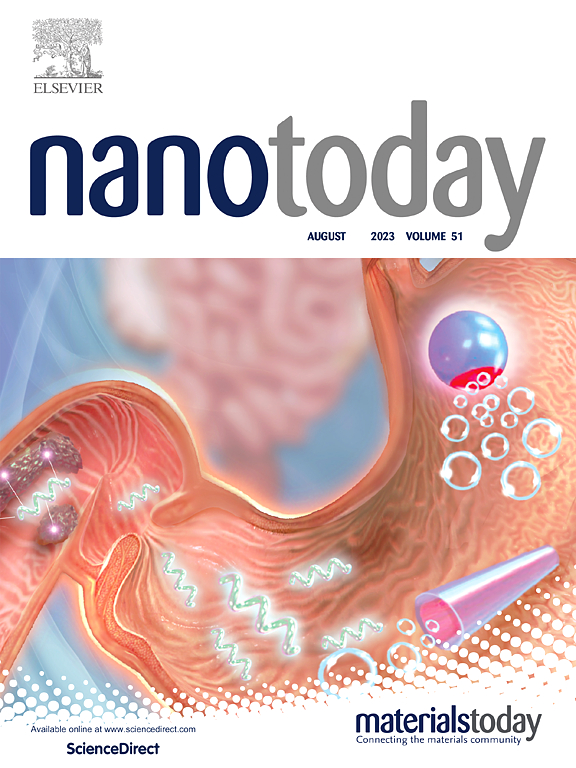Physiologically compatible MWCNT-incorporated PNCPG self-healed ionic breathable hydrogel for wearable smart strain sensor application
IF 13.2
1区 材料科学
Q1 CHEMISTRY, MULTIDISCIPLINARY
引用次数: 0
Abstract
The demand for wearable and flexible strain gauges is gradually increasing owing to their ease of integration with the human body. However, despite technological advancements, these sensors face challenges such as environmental factors, durability concerns, and calibration difficulties. Hydrogels are semi-solids, contain more water than metals or polymers, and are known for their viscoelasticity, ionic conductivity, and shapeability. One of the drawbacks of hydrogel-based sensors is the reduction in conductivity owing to faster dehydration. Herein, we introduce a material combination of poly (vinyl alcohol) (PVA)/NaCl/carbon nanotube (CNT)/polyethylene glycol (PEG)/glycerol (PNCPG) to synthesize an ionic hydrogel that improves electromechanical properties and reduces the pores present in the hydrogel structure. The ionic hydrogel exhibited self-healing properties, allowing the strain sensor to be reused even after tampering. Furthermore, the relative alteration in resistance demonstrated remarkable consistency and dependability when subjected to cyclic strain conditions for successful real-time human motion detection in addition to smart, wearable, flexible strain sensors. The hydrogel exhibited excellent sensitivity to mechanical deformation; as a result, exceptionally efficient stretchy ionic-hydrogel strain sensors offer substantial opportunities for use in flexible human health motions, soft robotics applications, and wearable electronics.
求助全文
约1分钟内获得全文
求助全文
来源期刊

Nano Today
工程技术-材料科学:综合
CiteScore
21.50
自引率
3.40%
发文量
305
审稿时长
40 days
期刊介绍:
Nano Today is a journal dedicated to publishing influential and innovative work in the field of nanoscience and technology. It covers a wide range of subject areas including biomaterials, materials chemistry, materials science, chemistry, bioengineering, biochemistry, genetics and molecular biology, engineering, and nanotechnology. The journal considers articles that inform readers about the latest research, breakthroughs, and topical issues in these fields. It provides comprehensive coverage through a mixture of peer-reviewed articles, research news, and information on key developments. Nano Today is abstracted and indexed in Science Citation Index, Ei Compendex, Embase, Scopus, and INSPEC.
 求助内容:
求助内容: 应助结果提醒方式:
应助结果提醒方式:


